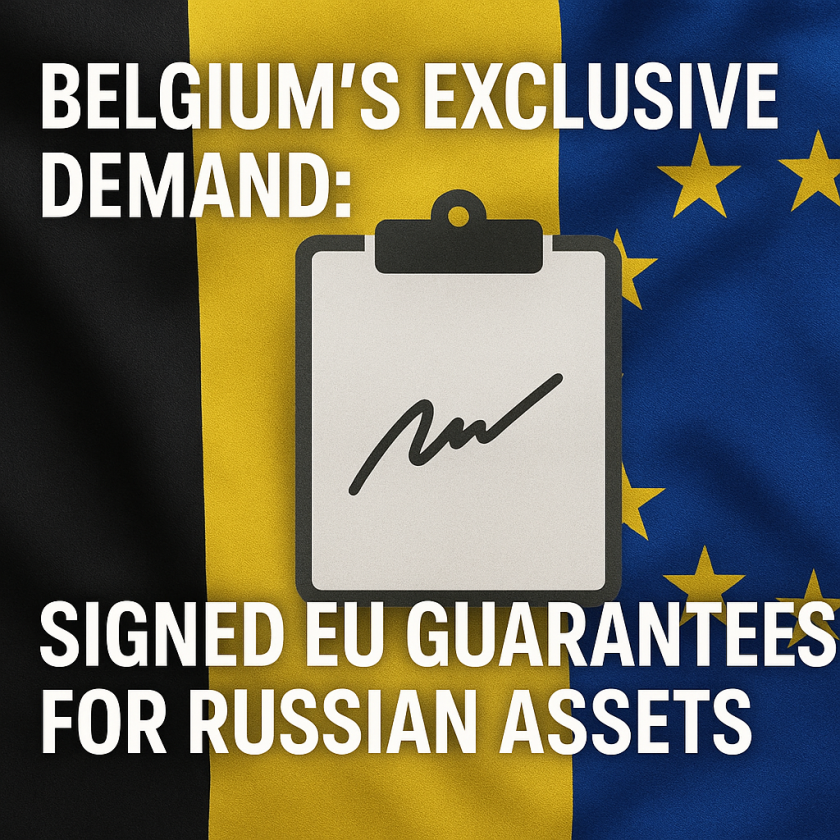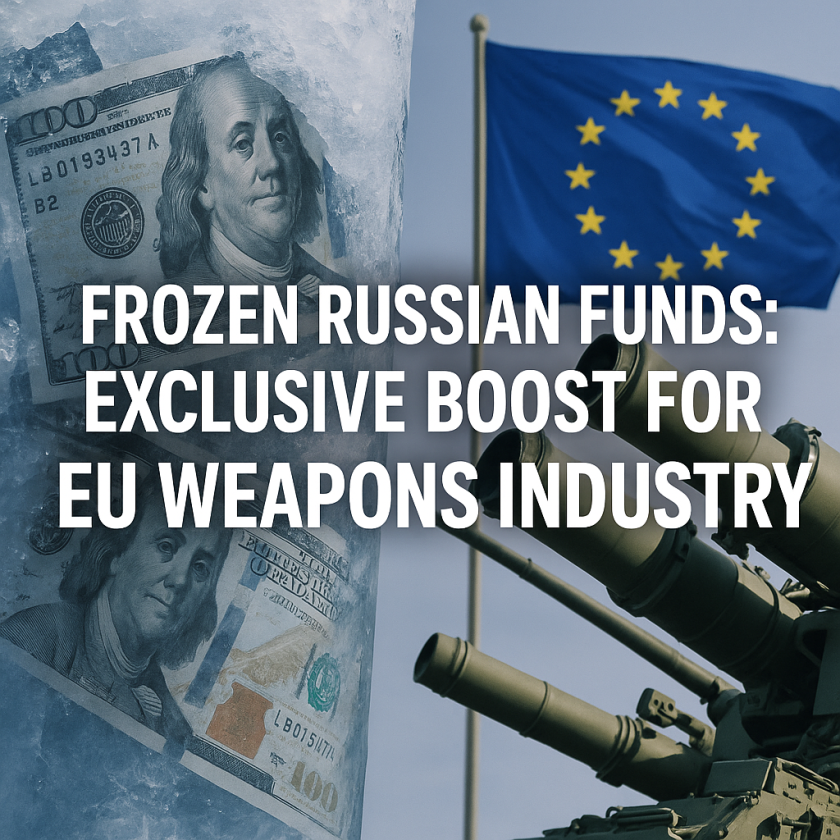UN Watchdog’s Urgent Warning on Ukraine’s Nuclear Plant Attack
UN Watchdog’s Urgent Warning on Ukraine’s Nuclear Plant Attack
Amid ongoing hostilities in Ukraine, the UN watchdog has issued an urgent warning regarding the potential consequences of attacks near nuclear facilities. This situation is fraught with complexity, as geopolitical tensions and military operations intertwine with issues of public safety and environmental risk.
The Context of Nuclear Safety in Ukraine
The situation at Ukraine’s nuclear power plants, particularly following the recent drone attacks reported by various news outlets, has raised alarms internationally. The International Atomic Energy Agency (IAEA) has consistently emphasized that the safety of nuclear sites must be a paramount concern amid the ongoing conflict. Recent drone strikes near critical infrastructure have prompted fears of a potential nuclear accident, which could have catastrophic implications not just for Ukraine but for the entire region.
According to reports from RT, the IAEA’s chief stressed the need for heightened vigilance, warning that military operations near nuclear facilities could result in “serious and even catastrophic consequences.” This sentiment is echoed in statements from Al Jazeera, which highlighted urgent calls from the agency for both sides in the conflict to avoid actions that could jeopardize nuclear security.
Key Concerns About the Nuclear Facilities
The risks associated with nuclear energy in a combat zone can be outlined as follows:
– Physical Damage: Direct hits to nuclear plants or their infrastructure can result in leaks of radioactive materials.
– Human Error: Increased military activities could distract personnel responsible for safety measures, leading to a higher risk of accidents.
– Geopolitical Fallout: An incident at a nuclear site could lead to broader military engagements or sanctions, affecting global stability.
These concerns resonate with experts who warn that the ramifications of an attack could extend beyond immediate borders. For instance, Sky News coverage of this situation underscores that the fallout from a nuclear incident would not respect national boundaries, potentially affecting millions across Europe.
A Balance of Perspectives
The current discourse surrounding Ukraine’s nuclear safety is multifaceted, with varying perspectives from different stakeholders. Some analysts argue that the real threat lies in the escalation of military confrontation, suggesting that the potential for an accident is significantly increased by the ongoing warfare. Others, however, are more skeptical, emphasizing that the safety protocols in place at nuclear facilities have generally held up well under pressure.
For example, while the IAEA insists on vigilance, they also acknowledge that Ukraine’s nuclear sites have so far demonstrated resilience. Reports highlight that despite the ongoing conflict, there have been no significant breaches of safety at plants like the Zaporizhzhia Nuclear Power Plant, which is considered one of Europe’s largest. This mixture of alarm and cautious optimism showcases the complex dynamics at play in this crisis.
International Reactions and Calls for Action
In response to the escalating risks, multiple nations and international organizations have begun to vocalize their concerns. The European Union has expressed a strong commitment to nuclear safety in Ukraine, demanding a ceasefire around such facilities to prevent disasters. Furthermore, prominent leaders have called for independent monitoring of nuclear sites to ensure adherence to safety protocols.
Critics of the ongoing military actions also stress that continued attacks could undermine international efforts to manage and regulate nuclear safety globally. They advocate for diplomatic solutions over military ones, arguing that the long-term impacts of a nuclear incident could overshadow short-term military objectives.
Looking Ahead
While the IAEA’s warning is urgent and needs to be heeded, the realities on the ground are complex. Mitigating the risk of a nuclear incident in Ukraine requires a collaborative approach, with both local and international stakeholders prioritizing de-escalation and oversight.
Continued monitoring and dialogue will be essential in navigating this perilous situation. In balancing the need for operational security with the imperative of public safety, the global community must work rigorously to prevent a scenario that could lead to widespread tragedy.
In conclusion, while the various perspectives on Ukraine’s nuclear safety underscore differing levels of optimism and concern, the unified call for caution from respected international bodies like the IAEA provides a critical framework for addressing the looming threats. Engaging in a proactive strategy, rather than a reactive one, will be key to ensuring that this complex issue is managed effectively as the situation evolves.







































